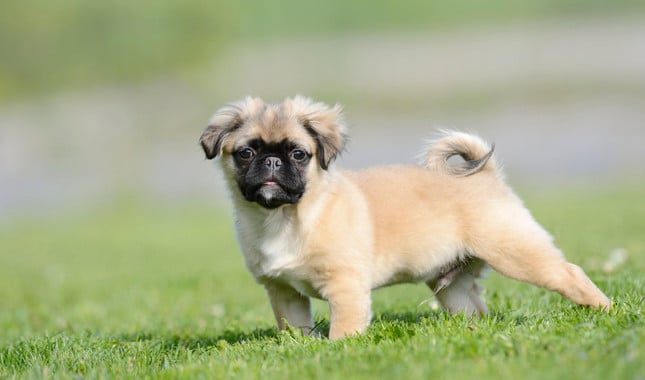15 Dogs That Might Not Be Ideal For First-Time Owners
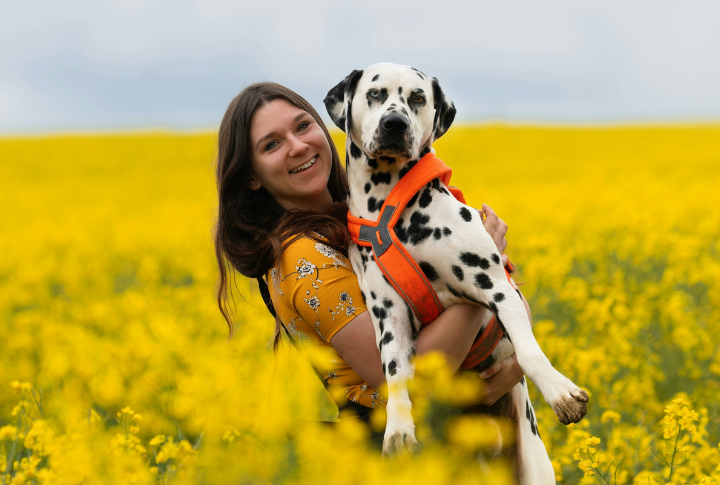
Choosing the right dog breed goes beyond looks. Some breeds require extensive training and exercise to succeed, which can be challenging for some. So, here are 15 dogs to avoid if you’re a first-time owner or are not prepared to provide specialized care.
Border Collie
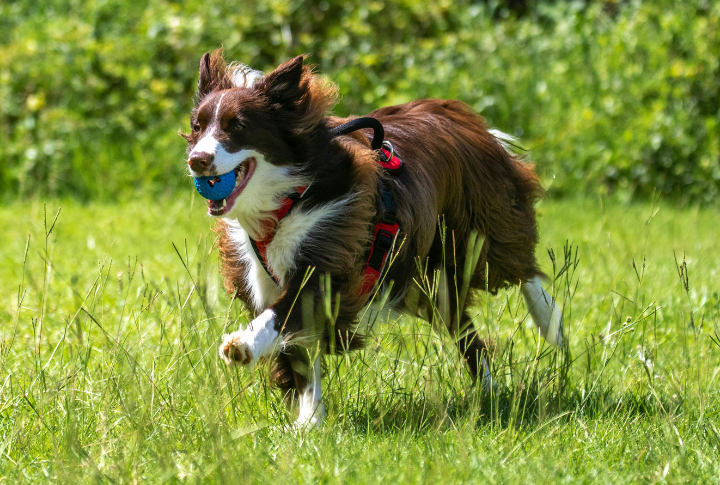
Border Collies are beloved for their intelligence and agility. However, their high energy levels and need for mental stimulation can be overwhelming for inexperienced owners. They may develop behavioral issues without sufficient exercise and tasks, like excessive barking or destructive tendencies. Moreover, their strong herding instinct sometimes leads them to nip at children or other pets.
Siberian Husky
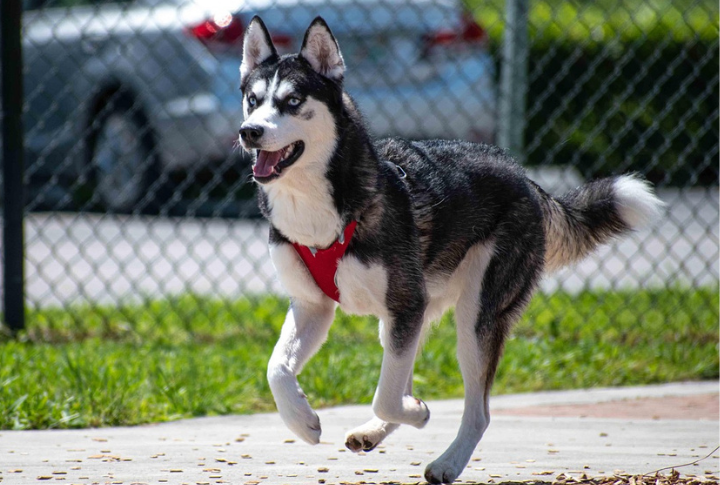
Originally bred as a sled dog, the Siberian Husky has immense stamina and requires significant daily exercise. Their independent nature can make training challenging, as they may resist commands. Huskies have a strong prey drive and may not coexist well with smaller animals. They are also known as escape artists, often finding ways out of fenced areas.
Dalmatian
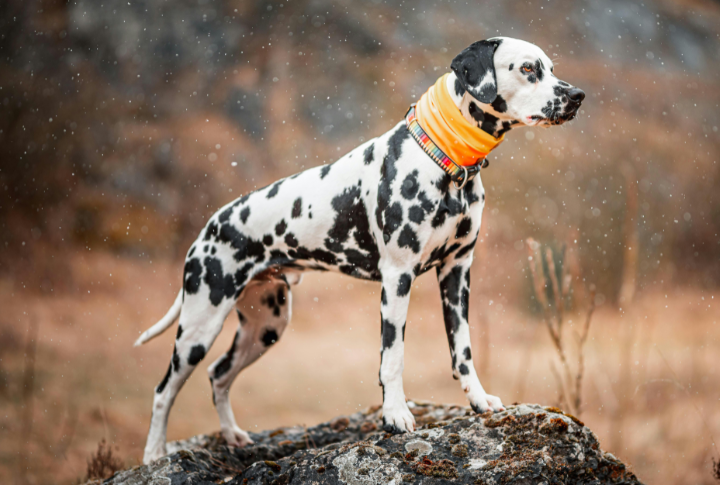
This breed is recognized for its unique spotted coats and historical roles as carriage dogs. However, Dalmatians are also known to be stubborn, which can make training more demanding. Additionally, these canines are prone to certain health issues, including deafness and urinary stones. Therefore, early socialization, regular checkups, and consistent training are essential for their development.
Chow Chow

Distinguished by their lion-like appearance and aloof personality, Chow Chows tend to be independent and can be wary of strangers, making early socialization essential. Their strong-willed nature may pose challenges in training, while their territoriality may keep them from getting along with other pets. Regular grooming is also necessary due to their dense double coat.
Cane Corso

The Cane Corso is a sturdy and protective breed, originally developed for guarding and hunting. If left to themselves, they may become overly protective or aggressive. This breed also needs ample space and constant exercise to stay healthy. Additionally, novice owners or those with small living spaces may struggle to manage their immense size and strength.
Akita
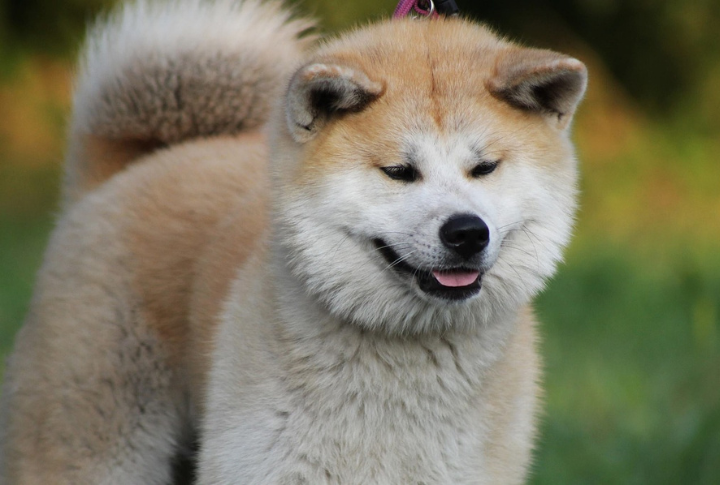
Training an Akita requires patience and consistency, as they are known for their independent thinking. They have a strong prey drive and may not get along well with other animals. Akitas also needs frequent exercise to prevent boredom and destructive behaviors. Due to their dominant nature, they are best suited for experienced dog owners.
Rottweiler

Handling Rottweilers often involves early socialization and consistent training. Without proper guidance, they may become overly aggressive or territorial. Additionally, regular health screenings are important, as they are prone to certain conditions like hip dysplasia. Overall, this breed will thrive with a knowledgeable owner who can provide firm leadership.
Australian Cattle Dog
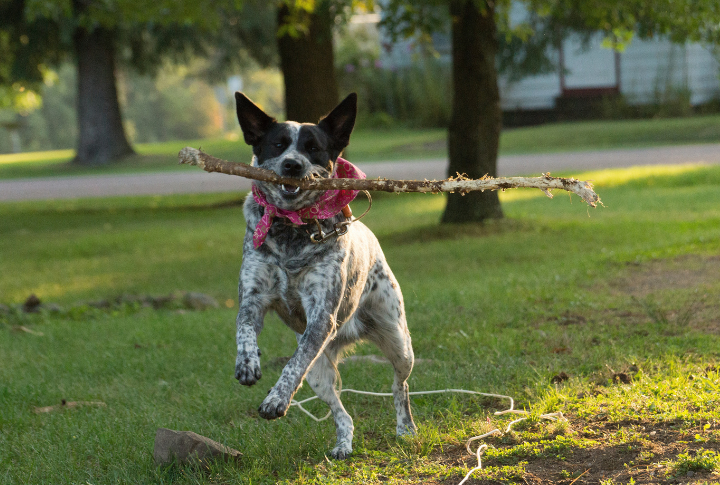
Australian Cattle Dogs are not ideal for sedentary lifestyles or first-time dog owners. They will best serve active owners who can provide a job or purpose. Substantial physical and mental stimulation is also necessary to prevent boredom. Intending owners should be able to provide consistent training that’s engaging enough to channel the dog’s intelligence.
Belgian Malinois

Although the Belgian Malinois is highly intelligent and has a good work ethic, it is unsuitable for casual pet owners. Its high energy levels necessitate regular, vigorous exercise, and only those willing to commit to this should own one. The Malinois has strong protective instincts, which can make it wary of strangers. Hence, owners should be ready to provide structure and discipline.
Jack Russell Terrier

Jack Russell Terriers are small but energetic and intelligent dogs. Their small size does not mean they are easy to handle—on the contrary, they can be a handful without proper training. First bred for hunting, they have a strong prey drive and love to run around. Therefore, they are only suitable for households with sufficient space.
Doberman Pinscher

Despite their intelligence, loyalty, and protectiveness, Dobermans require rigorous training and socialization from a young age. Their high energy levels require regular exercise and mental stimulation to stay balanced. If left untrained, the dog can become aggressive and difficult to control. Moreover, due to their size, Dobermans are not ideal for first-time dog owners.
Alaskan Malamute

These large, powerful dogs were originally bred to pull sleds in harsh conditions. Independent and intelligent, they need an owner who can provide firm leadership. The Alaskan Malamute’s thick coat demands regular grooming, particularly in warmer climates where they are at risk of overheating. Additionally, they require ample physical and mental stimulation to stay content.
Shar Pei
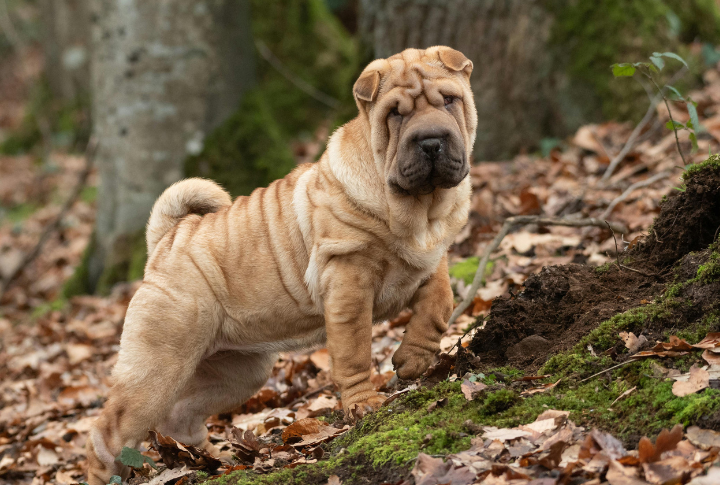
A major challenge of owning a Shar Pei is its susceptibility to skin infections because of its wrinkled skin. Besides, Shar Peis are reserved and will need lots of training to become sociable. The dog’s stubborn and independent nature requires a patient and firm owner. Additionally, due to their guarding instincts, they are best suited for experienced owners.
Weimaraner
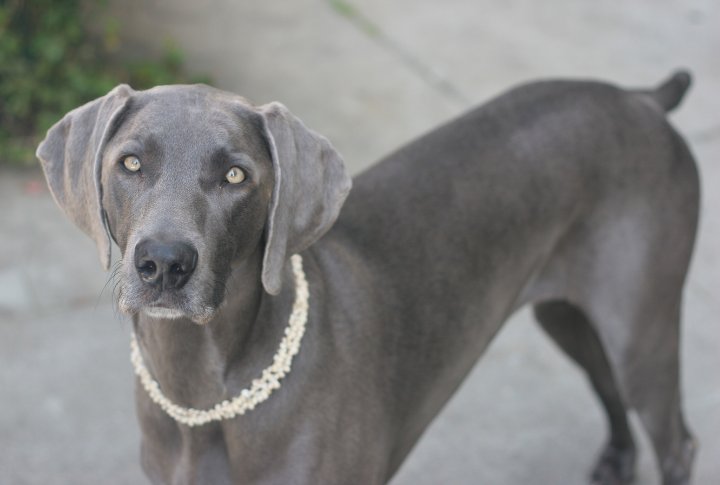
Though Weimaraners form strong bonds with their families, they may suffer from separation anxiety if not properly trained. Sleek and energetic, they require extensive daily workouts and can become anxious or destructive if left alone for too long. Their intelligence makes them trainable, but they also have a stubborn spot that requires a firm, consistent owner.
Saint Bernard
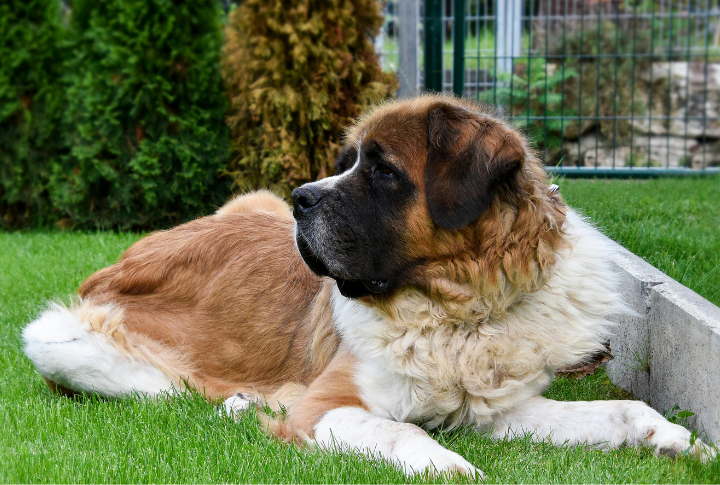
Known for their affectionate and gentle nature, Saint Bernards are large dogs that don’t make ideal guard dogs. Their size and friendly personality make them more suited to companionship. Small spaces are difficult for them, and they require frequent grooming. Drooling is another common trait of this breed.





